Embark on a journey to explore 20 of the rarest and most extraordinary dog breeds from around the globe, each with its unique physical traits, personalities, and histories.
Russian Toy
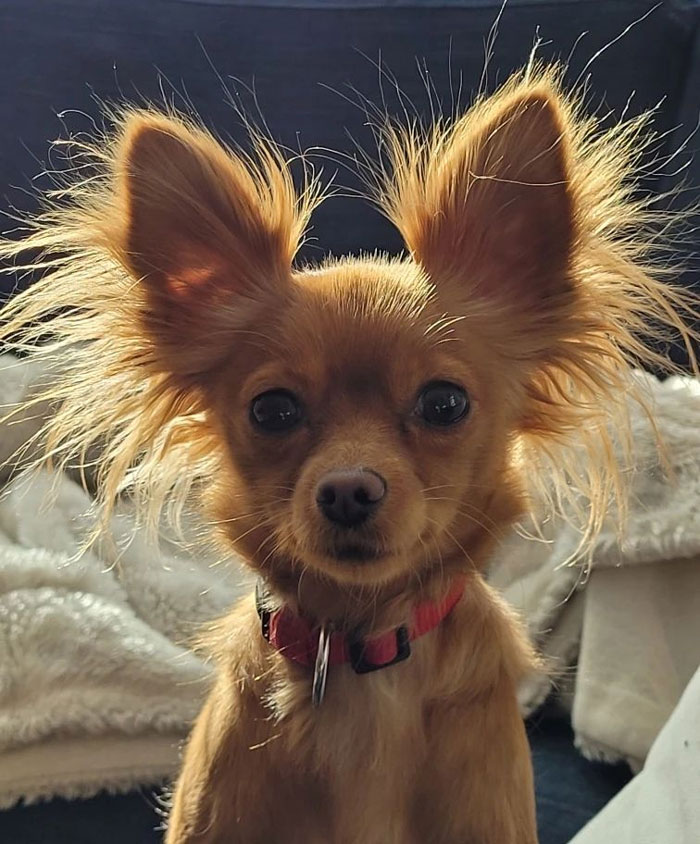
The Russian Toy survived almost complete extinction twice, once in the 1920s and later in the 1990s. It was introduced to the international community only after the 1990s. As they were bred to fight rats and be watchdogs, Russian Toys are pretty vocal to this day. They become attached to their family despite the age of the members.
Stabyhoun
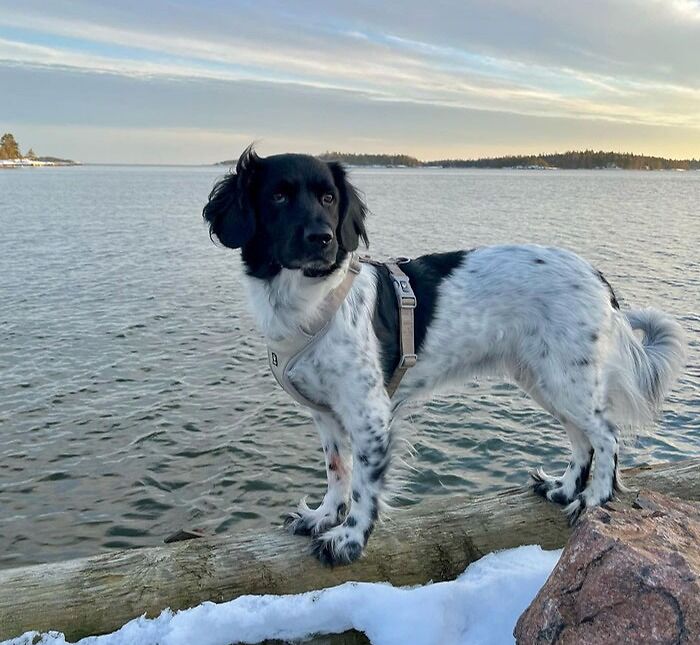
The Stabyhoun is one of the rarest dog breeds in the world that originates from the Netherlands. While in its native province of Friesland, this breed of farm dog has been mentioned in literature since the early 1800s, it was only in the 1960s that they became known outside the province, and they only left the Netherlands in the 2000s.
Catahoula Leopard Dog
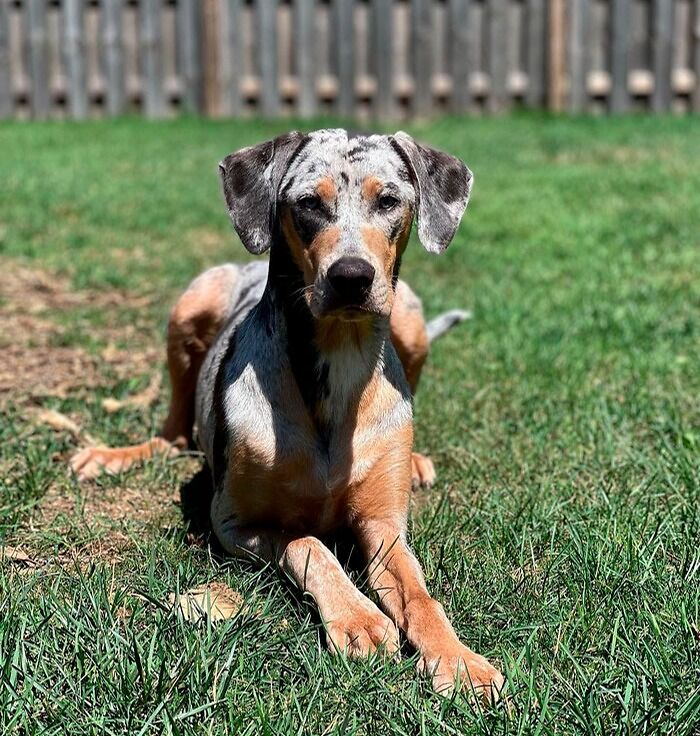
The state of Louisiana also has its official dog, and it is called the Catahoula Leopard Dog. Most of them come with leopard-like spots of various colors, though solid coats are also possible. While initially bred to be hunters, Catahoula Leopard Dogs are also great herders and search and rescue dogs.
Schipperke
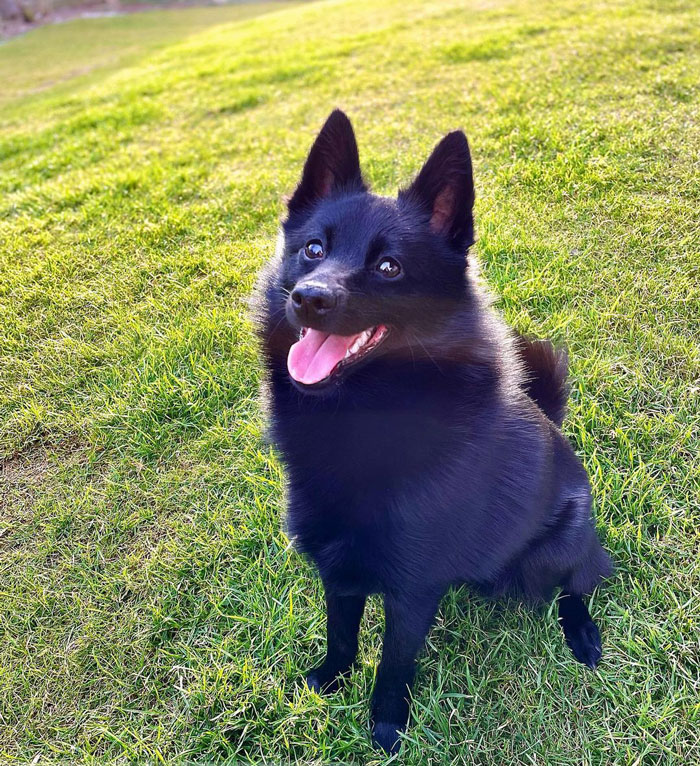
Though believed to be bred as a barge dog for the canals of Belgium, the name can be translated both as “little captain” and “little shepherd,” depending on the region. While in the 1880s Schipperkes were seen on barges and small boats, given their lineage that can be traced to a shepherd dog called the Leauvenaar, it is safe to assume that initially they were intended to guard flocks.
Nederlandse Kooikerhondje
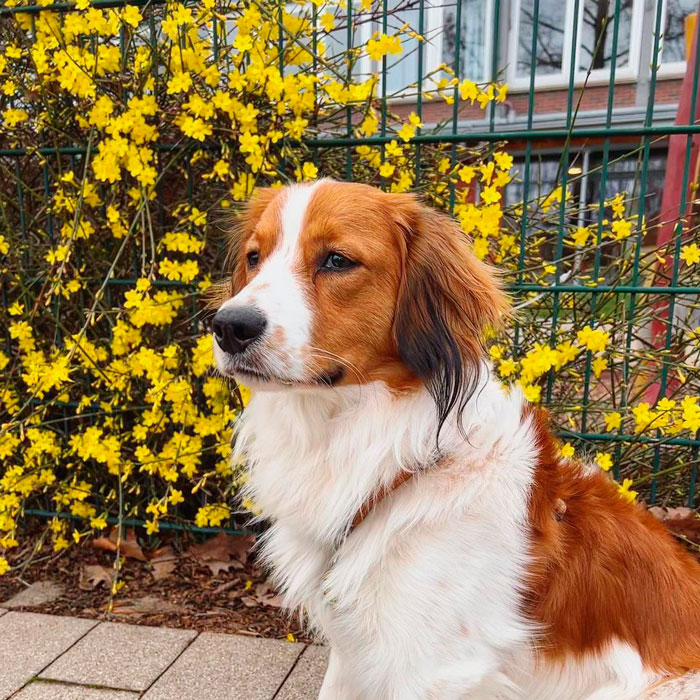
Kooikerhondje translates from Dutch as “duck catcher’s small dog” and describes this breed’s main occupation. Belonging to the spaniel family, these dogs are cheerful, well-behaved, friendly, and alert. They take time to warm up to someone but stay loyal for the rest of their lives.
Estrela Mountain Dog

Not only is the Estrela Mountain Dog a great herd-guarding dog, but it is a formidable opponent to any sort of prey it might face. It doesn’t need to be taught to protect children, as it does so instinctively to all little ones in the family. As the breed is known for its independent mind, it is important to train them from early on.
Basenji
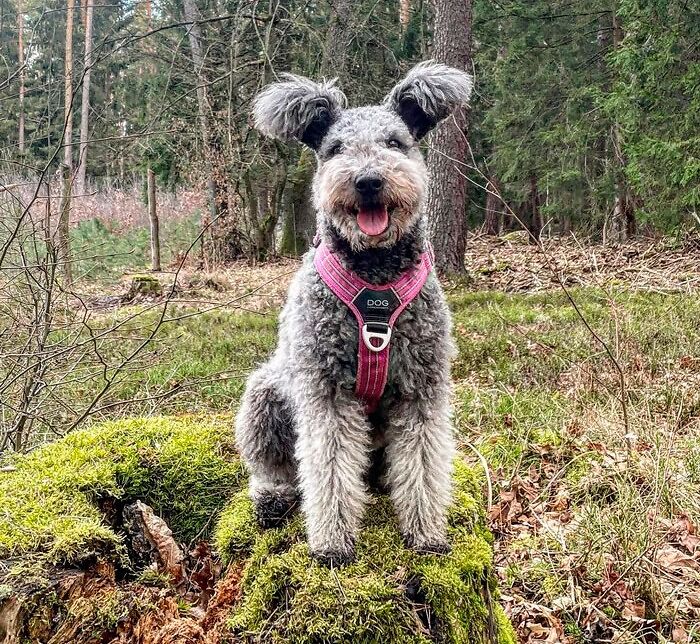
Basenji originally come from Congo, a country on the African continent. Alongside their distinct appearance, they also have several interesting traits that are not very common among other breeds. For example, Basenjis rarely bark, preferring to make a weird yodeling sound. Another thing is that the females can only reproduce once a year.
Pumi
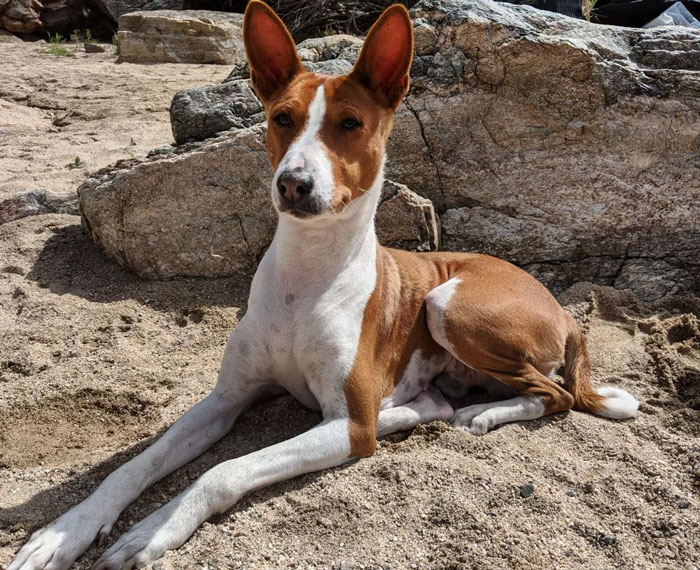
This Hungarian breed is well-known for its funny facial expressions. While they have been bred since the 17th century, official standards were only recorded in 1935. As a breed of sheepdog, they are equally good at gathering, driving, and keeping stock under control. While they may be a little too vocal at times, Pumis are also intelligent and lively.
Leonberger
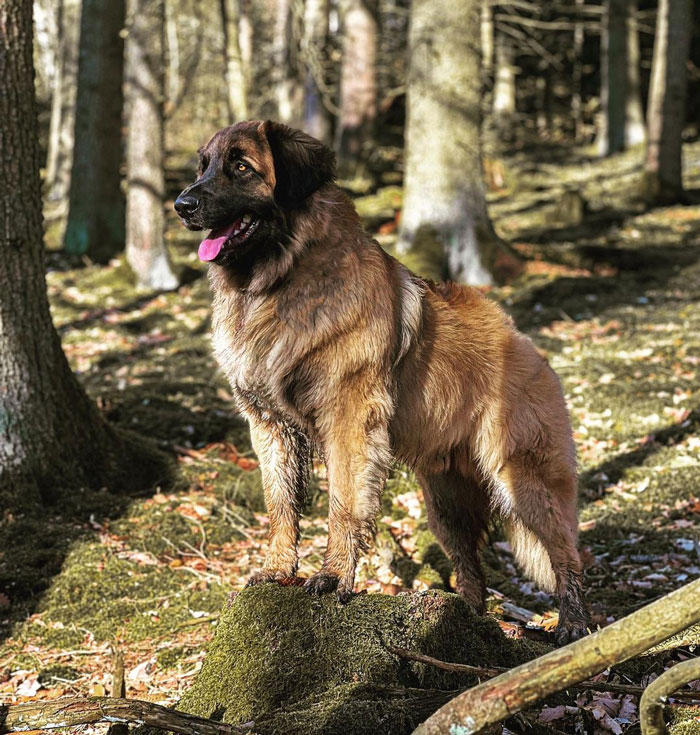
Don’t let the Leonberger’s massive figure fool you. This dog is very agile and is great at search and rescue, especially in water. However, it was primarily bred as a family dog and remains true to its calling. It is safe to leave your little children around them, knowing that they will take great care of them.
Pharaoh Hound
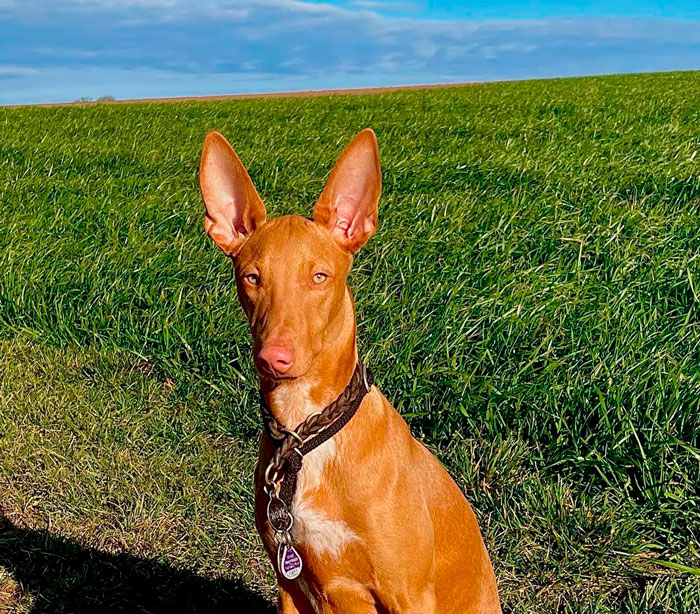
The native Maltese name of this breed is Kelb tal-Fenek, which translates as “rabbit dog.” Its English name refers to the dog’s appearance, which resembles the dogs found in Ancient Egyptian paintings. It is also said that the breed takes its roots from Egypt; however, the Pharaoh Hound is a fairly modern dog, traditional for rural Malta.
Peruvian Inca Orchid Dog
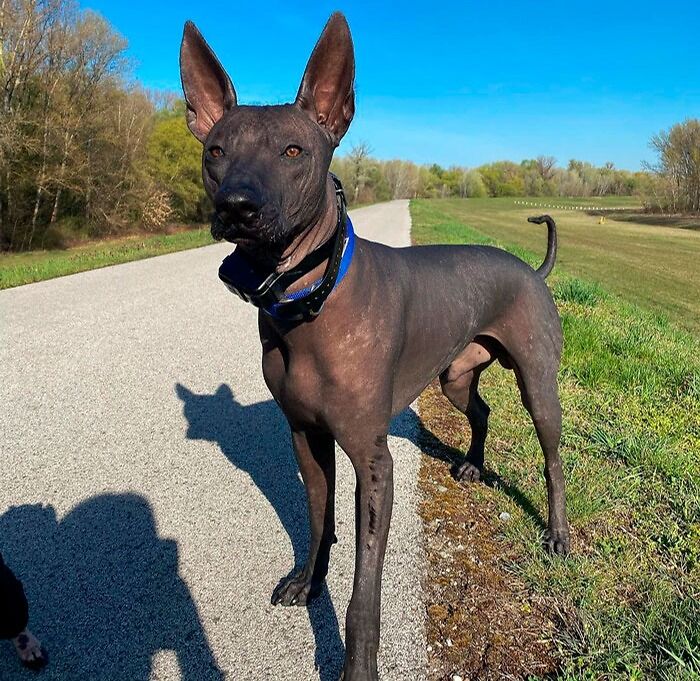
Native to Peru, this dog is one of several hairless breeds. It is officially a part of the country’s cultural heritage. Usually raised as pets, Peruvian Inca Orchid Dogs radiate heat from their bodies and are great to cuddle with and stay warm. Affectionate and intelligent, they are very protective of the women and children of the family.
Xoloitzcuintli

Though the Xoloitzcuintli is one of several hairless dog breeds, sometimes the same litter can include both hairless and coated pups. The name of the breed comes from Xolotl, the Aztec god of fire and lightning. There has been very little selective breeding in Mexico where the Xoloitzcuintli originates from, allowing them to retain their primitive temperament of high intelligence, high energy, and strong social skills.
Swedish Vallhund

Swedish Vallhunds hail back to the 8th or 9th century when they were bred to herd and drove cows. In 1942, the breed was on the brink of extinction, but careful and patient work combined with publicity brought them back. Short legs help the Swedish Vallhund stay closer to the ground and nip at the ankles of any misbehaving cow. Today it is considered the national dog of Sweden.
Catalburun
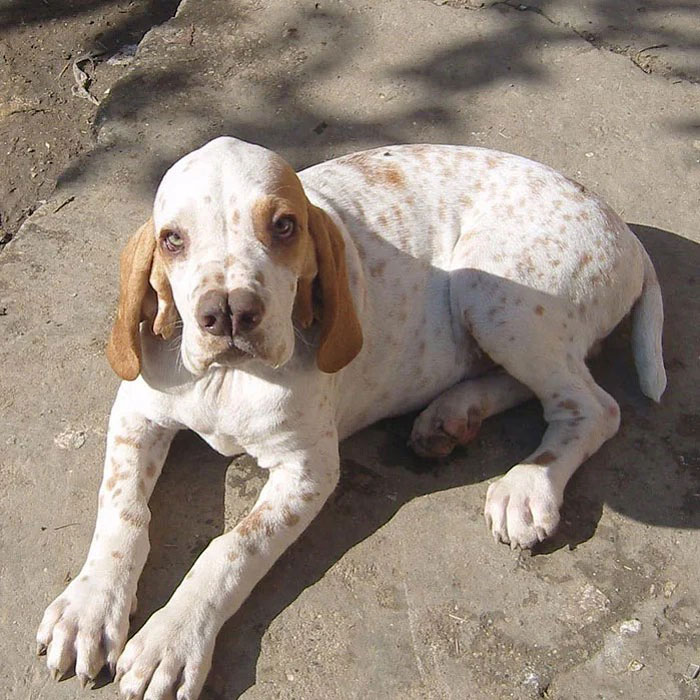
Bred in Turkey for hunting game, especially partridge and francolin, the Catalburun is one of only three dog breeds that have a distinct split nose. With only a few hundred specimens existing today, this breed is considered to be very rare. Thanks to their acute sense of smell, Catalburuns have recently been trained to serve as detection dogs for drugs, explosives, and search and rescue.
Coton De Tulear

Meet the national dog of Madagascar. The Coton de Tulear, named after a city, is more of a cloud than a hunting dog. It has been the companion of Merina, the ruling tribe of Madagascar, for a long time, earning the title of the Royal Dog of Madagascar.
Cane Corso
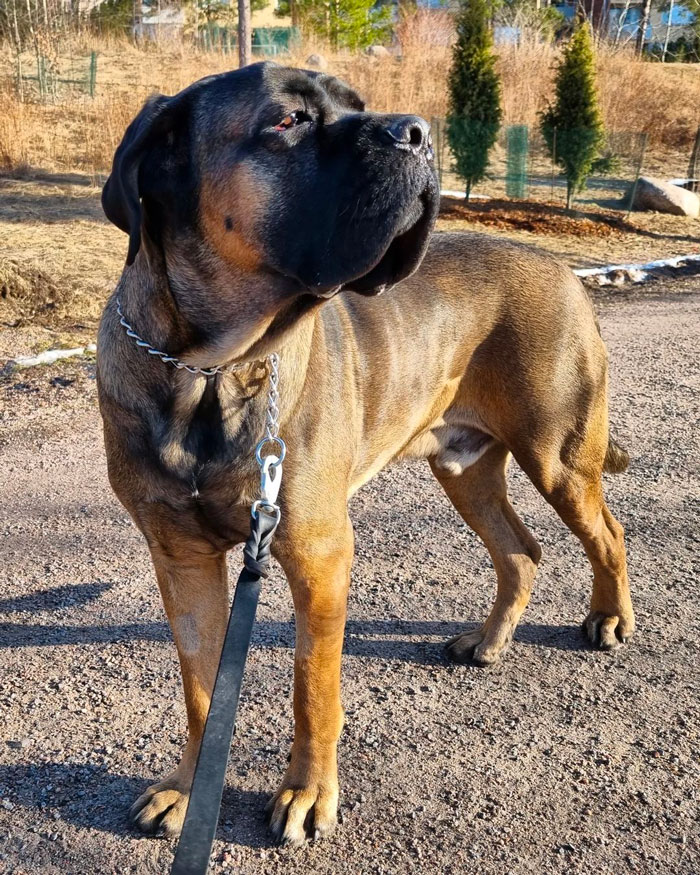
If you have ever walked down the street with a Cane Corso on a leash, you’ve probably noticed how people tend to part in front of you to make way for this gorgeous giant. While being great guardians, they are very affectionate to their own humans.
Canaan Dog
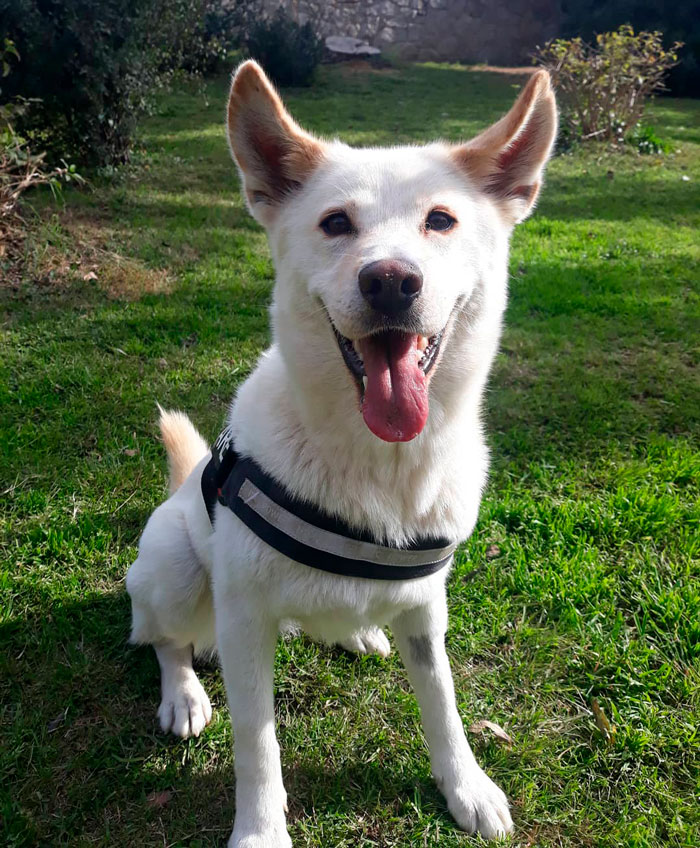
Say hi to Israel’s national dog. For ages, bedouins of the Middle East used them for guarding their camps and herds. The breed carried this trait through the centuries and remains a very agile and defensive protector of their home and family, though never really aggressive. They are very close with their people but prefer to keep their distance with strangers.
Schapendoes
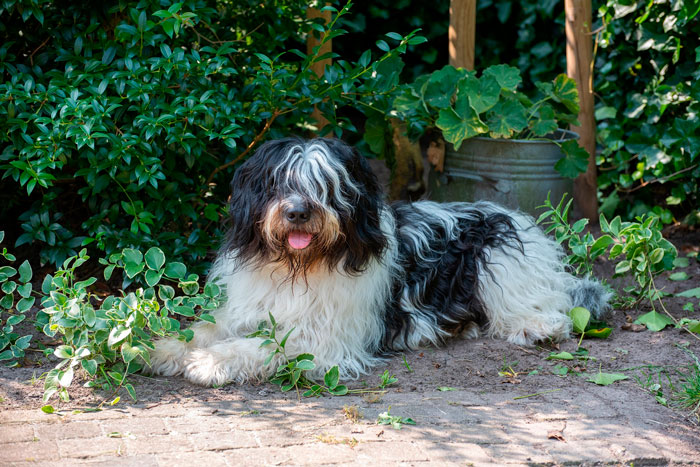
Schapendoes were originally bred as herding and farm dogs. During World War II, only a few dogs remained, threatening the breed to become fully extinct. However, breeders were able to bring the breed back. They are not much into guarding but love participating in sports and are very high-spirited and affectionate.
Beauceron
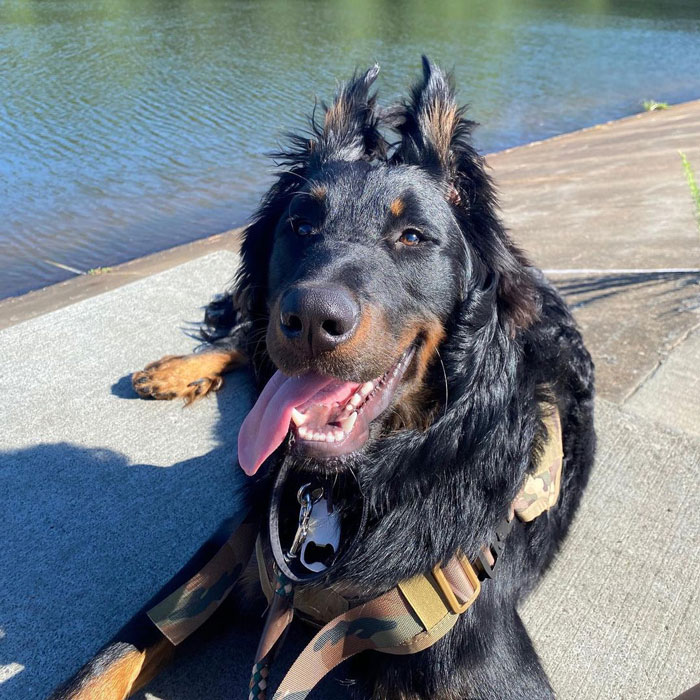
A Beauceron is a versatile employee, as it can work as a guard and herder for sheep and cattle, protecting them against wolves. During wars, they also served as messengers, land mine detectors, and supply transport dogs, while in peaceful times Beaucerons are often employed as police or rescue dogs.
Finnish Spitz
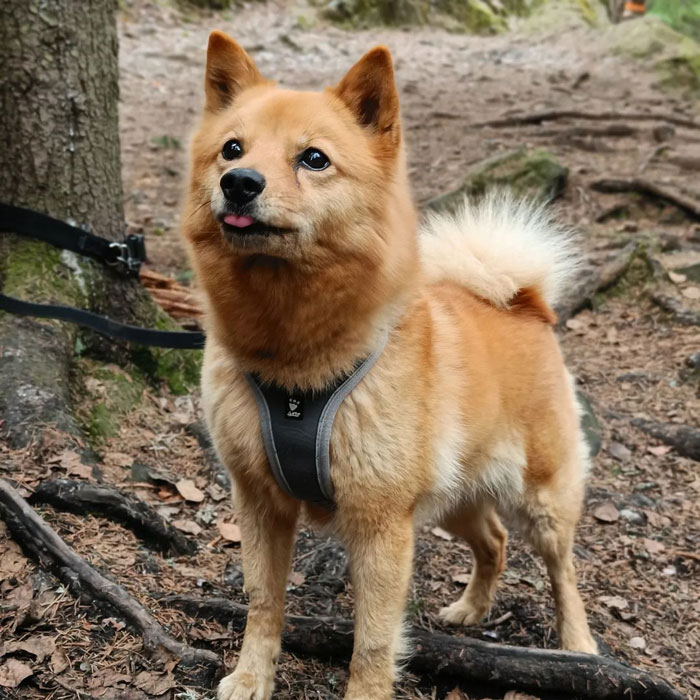
Though originally designed as a hunting dog that can go after any prey, from grouse to elk and sometimes even bear, a Finnish Spitz is also a great house pet that bonds with family members well. In Finland, where it is still often used for hunting, the Finnish Spitz has been recognized as the national dog since 1979.
 Barnorama All Fun In The Barn
Barnorama All Fun In The Barn